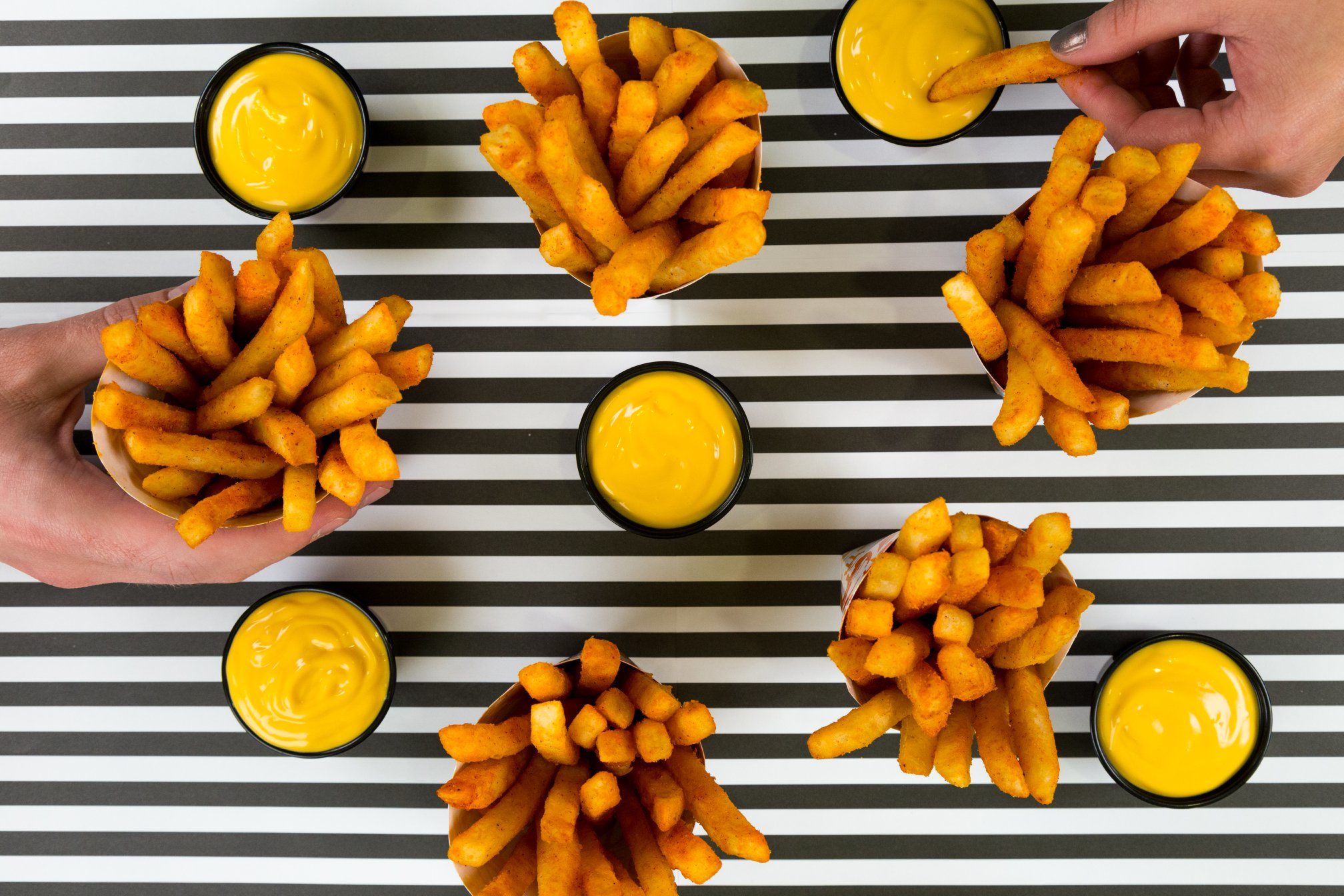For Fast Food Chains, Are Value Menus Worth It?

Photo Caption: Taco Bell sold over 53 million orders of Nacho Fries in five weeks.
Skift Take
Value menus offer a cheap and convenient buy for existing customers, but the $1 menu items aren't attracting tons of new customers to the chains.
At the beginning of the year, McDonald’s launched a revamped Dollar Menu after a desolate, disappointing two-year hiatus. $1 McChickens were back, along with $2 Sausage McGriddles and $3 Triple Cheeseburgers. The new menu was structured as a pick-your-own-adventure of $1, $2, or $3 options, instead of the previous setup of a handful of items all priced at around $1.
The launch made a lot of noise, and the competition saw an opportunity to boost their own value menus alongside McDonald’s marketing blitz. Wendy’s expanded its 4 for $4 value menu to include eight options, and Taco Bell launched a limited release of $1 Nacho Fries. Jack in the Box, a California-based fast food chain, even launched a value menu for the first time.
Four months into the renewed rush to save a buck, are restaurants' investments in value menus paying off?
Initial Results
In McDonald's case, the structure of the $1, $2, $3 menu made it an easy sell not just as a separate value menu, but as a collection of low-cost items that could be added onto an order already formed. McDonald's reported higher order averages across the board thanks to value menu add-ons.
"The hope is always that the value menu is going to be used in a number of ways," Jake Bartlett, a SunTrust research analyst who covers the restaurant industry, told Skift Table. "One is to attract that consumer who can’t afford much more, but another is to boost the sales with others who just want to use it as an add-on."
Taco Bell's $1 Nacho Fries were so popular that they were part of one out of every four Taco Bell orders in the first five weeks of the promotion. That's over 53 million orders of Nacho Fries sold in just over a month, according to the company. Overall sales were up by 4 percent compared to last year, and Taco Bell has plans to chase the $1 Nacho Fries with a new $1 Triple Melt Burrito and Nachos (and then it'll bring back the Nacho Fries in July).
Who's Buying?
The NPD Group ran a market study throughout the month of April to gauge value menu diner reception between McDonald's, Taco Bell, and Jack in the Box. Similar to what these companies' earnings reports demonstrated, the NPD study found that value menus drove higher average consumer spending per order, but they weren't as effective at bringing new customers into the restaurants.
According to the study, consumers spent 13 percent more per order, on average, due to the value menu, and 72 percent of consumers who bought from the value menu also bought from the regular menu, but there was no overall uptick in number of new consumers coming into the restaurants due to the value menu promotions.
"It was kind of interesting because whenever you do really low-priced offerings, the expectation is that you’re always going to appeal to somebody who will only come in if the risk is really low," says Warren Solochek, the president of NPD's foodservice division. "But relative to people who were new to the brand during the one month that we measured and didn’t use the value menu, the people who used the value menu didn’t come in at any greater rate."
When Value Doesn't Translate
Jack in the Box in particular struggled with its new value menu this year, which SunTrust's Bartlett pointed to as a symptom of the fact that Jack in the Box isn't necessarily known for value in the first place. A $1 menu feels right at home at McDonald's, but for a chain that's never offered food that cheaply before, it might hurt the brand more than it helps in initial sales.
Jack in the Box's CEO, Lenny Comma, attempted to position the company as above the value menu race on Jack in the Box's most recent earnings call. "At the end of the day, the consumer is choosing us for more than just value," Comma said. "I don't want to train them to believe that the only way to use us is value. So, look, it's a balancing act. We can turn on the juice, but I just don't think that at the end of the day, it's worth the squeeze."
The Strengths of Value
But results from competitors are proving that, for some, it is worth the squeeze. Even if new customers aren't banging down McDonald's doors for that $1 Sausage Burrito, existing customers are still buying in good numbers and they aren't just buying from the value menu, either. All menu items see a lift when value items are on offer, which would indicate that there isn't an overall brand depreciation just because some of the food is sold especially cheap.
As long as there's a clear delineation between the size and quality of the food on the value menu versus the premium menu, Solochek doesn't think that consumers would avoid an $8 hamburger just because the same chain also offers a $1 hamburger.
"I think in the current restaurant environment, operators need to have some low-priced options and some higher-priced options. Low-priced options are going to attract one group of people, while the higher-priced options are going to attract a group of people who are not so focused on price," Solochek said. "As long as the value of the menu item is worthwhile, people will pay it."

The travel industry's top event returns this fall.
September 16-18, 2025 - NEW YORK CITY
